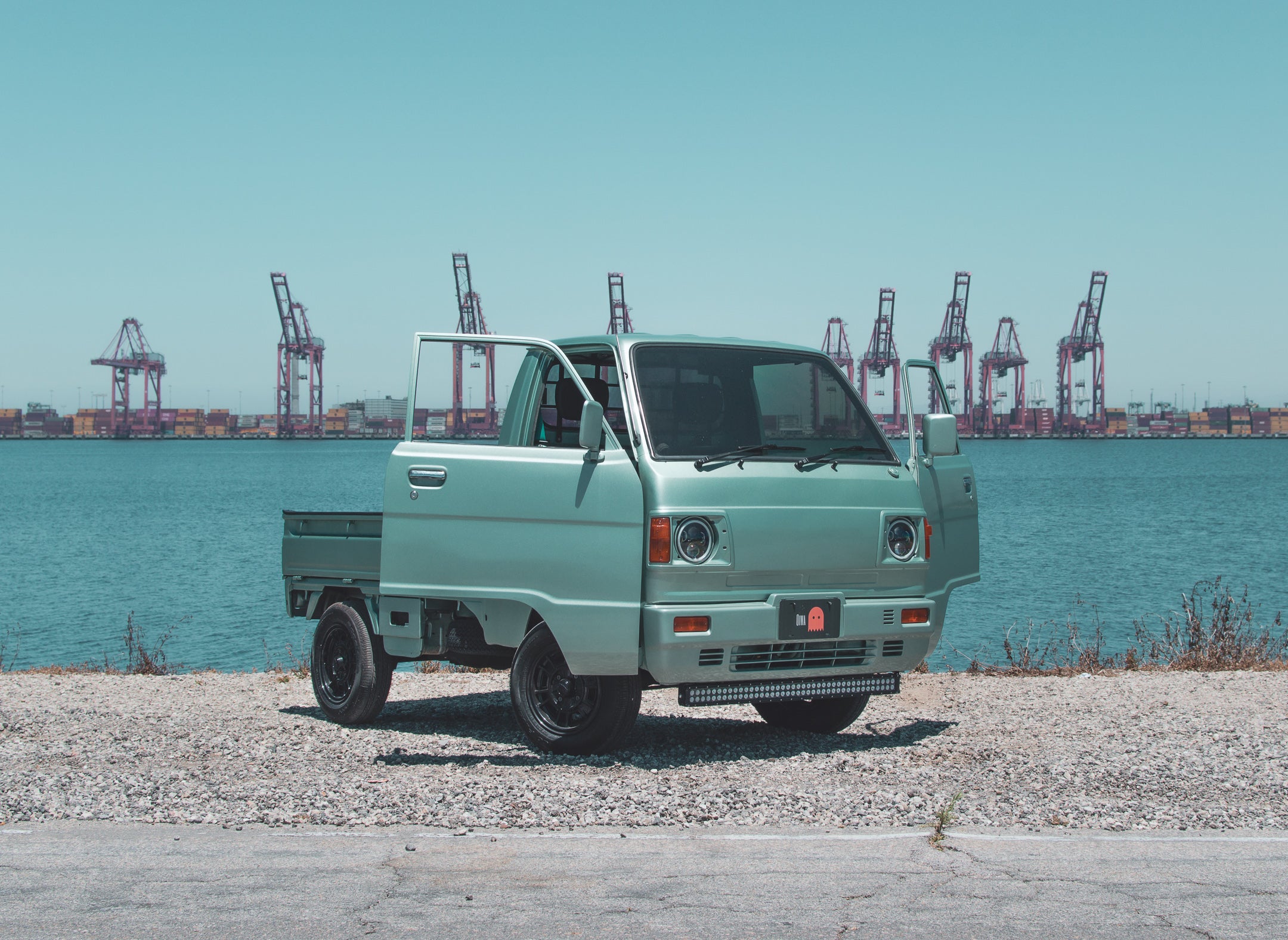Shop Subaru Sambar Parts KS3, KS4
The 1992 Subaru Sambar
The 1992 Subaru Sambar is more than just a compact van; it's an emblem of automotive ingenuity wrapped in a pint-sized package. For anyone who grew up in a household where the hum of an engine was as comforting as a lullaby, the Sambar is a testament to the brilliance of Japanese microcar engineering. My father, a man whose hands were stained with the grease of a half-century's dedication to Toyota and Nissan, always said, "The Sambar is the little engine that could and did." This isn't just nostalgia speaking—it's an homage to a vehicle that has etched its mark on the fabric of automotive history.
The Context of the Early 90s
In the early 90s, Japan was riding the wave of its economic bubble burst, and the automotive industry was no exception to the tidal shifts. Amidst this backdrop, Subaru's engineers were tasked with crafting a vehicle that was both a utility powerhouse and a testament to economic pragmatism. The 1992 Subaru Sambar was their answer. Designed to fit into the Kei car regulations, it was a wonder of space efficiency and engineering precision. These regulations, which dictated the size and engine capacity of vehicles in Japan, forced manufacturers to think small, but in a way that maximized every square inch of the car.
Innovative Design
The Sambar, with its rear-engine layout and rear-wheel drive, was a departure from the norm, a bold stroke in a canvas of conventionality. These choices weren't just stylistic; they were born out of necessity and brilliance. The rear-engine placement allowed for a flat cargo area, which was a godsend for small business owners and delivery drivers navigating Japan's narrow urban streets. My father often marveled at how the Sambar could zip through alleyways where larger vehicles feared to tread, a nimble David in a world of Goliath SUVs.
Schedule Your Import Consult and Purchase Kei Trucks Direct From Japan
The Heart of the Sambar
But what truly set the 1992 Subaru Sambar apart was its heart—a 660cc engine that purred with the confidence of a much larger beast. This engine, while modest in its displacement, was a marvel of efficiency and reliability. It was this mechanical heart that beat with the rhythm of a thousand delivery routes, each journey a testament to its durability. The Sambar wasn't just a vehicle; it was a trusty steed for the Japanese everyman, a partner in the daily grind.
A Classroom on Wheels
For me, the Sambar was a classroom on wheels. My father would take me with him on his rounds, using every opportunity to impart wisdom not just about cars, but about life. "A car is like a person," he'd say, "take care of it and it'll take care of you." His words echoed through the years as I watched the Sambar tackle terrains it wasn't designed for, yet it never faltered, never whimpered. It was a microcosm of Japanese resilience and ingenuity, a lesson in making the most out of the least.
The Sambar's Legacy
Now, decades later, the 1992 Subaru Sambar has ascended to cult status, a darling of car enthusiasts and collectors alike. Its scarcity outside Japan only adds to its allure, turning it into a coveted relic of a bygone era. In a world where cars are increasingly becoming gadgets on wheels, the Sambar stands as a reminder of a time when automobiles were crafted with passion and precision.
A Testament to a Philosophy
As a historian of Subaru's K vehicles, I can attest that the Sambar's legacy is not just in its metal and mechanics, but in the stories it has fostered. It represents an era when the automotive industry dared to dream small, yet think big. It embodies the spirit of an entire generation who, like my father, found solace and strength in the simple act of driving. The Sambar is more than a vehicle; it is a memory, a symbol, a testament to the philosophy that sometimes, less is indeed more.





